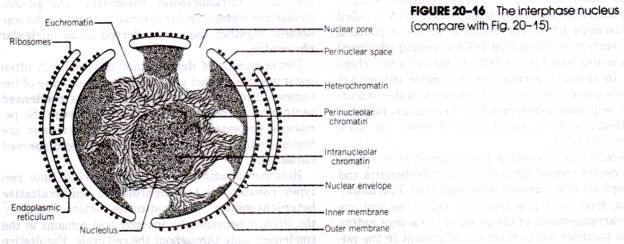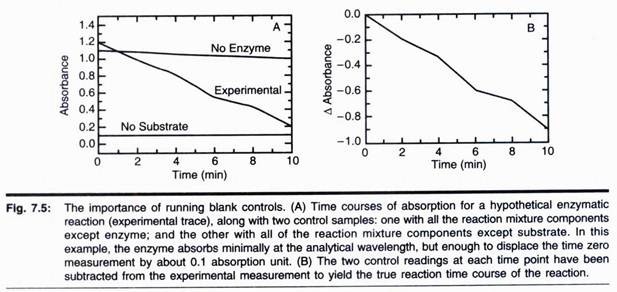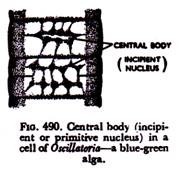In this article we will discuss about the anatomical structure of human digestive system with the help of suitable diagrams.
The human digestive canal is a long muscular tube consisting of the following parts from above downwards- the mouth (guarded by lips and teeth), tongue, pharynx, oesophagus, stomach, small intestine, large intestine, rectum and anal canal. The ducts of the salivary glands open into the mouth.
The proximal end of the stomach (i.e., its junction with oesophagus) is guarded by the cardiac sphincter. The distal end of stomach is guarded by the pyloric sphincter. The small intestine begins after pyloric sphincter and consists successively of the following subdivisions- duodenum, jejunum and ileum (Fig. 9.1). The duodenum receives food from the stomach.
Where the duodenum joins the jejunum, connective tissue and muscle fibres (ligament of Trietz) thicken the mesentery. The bile duct and pancreatic duct jointly open in it through ampula of Vater. The small intestine is very long and is roughly about 76 meters (25 feet). The great length of the small intestine provides enough time and surface area, so that digestion and absorption of foodstuff may be complete.
The small intestine opens into the next part-the large intestine. The opening between them is guarded by iliocolic sphincter. In the large intestine water is absorbed and the faeces become formed. The large intestine opens into the last part-rectum and anal canal. The latter opens outside through the anal orifice. Peritoneum is a serious membrane and lines the interior of the abdominal cavity.
The parietal outer layer is in contact with the body wall and the visceral (inner) layer envelops the abdominal organs. The mesentery is the continuation of the peritoneum and extends to the small and large intestines from dorsal body wall. The lesser omentum of the stomach attaches to the liver and the greater omentum hangs from the greater curvature of the stomach over the intestine to the colon as an apron. In this fold fat may accumulate.
Histological Structure:
The wall of the alimentary canal (Fig. 9.2) from the oesophagus to the anal canal consists of typical four encircling layers or tunics from outside inwards:
1. Tunica Adventitia:
Tunica adventitia or serosa (fibrous outer coat) carries large blood vessels and nerves. When the organ is covered by the peritoneum, this layer is called serosa; otherwise tunica adventitia.
2. Tunica Museularis:
Tunica museularis consists of a double layer of smooth muscle of which the inner sheet lies circularly and the outer sheet runs longitudinally. Nerve and vascular plexuses lie between the layers. This muscular layer controls the diameter of the intestine and propels its contents towards the anus.
3. Tunica Submucosa:
Tunica submucosa is a loose areolar connective tissue layer which contains large blood and lymphatic vessels, nerves and glands in certain portions.
4. Tunica Mucosa:
Tunica mucosa (mucous membrane) consists of:
(a) Stratified squamous or single columnar epithelial layer,
(b) Lamina propria which is a delicate areolar connective tissue layer and is normally infiltrated with lymphocytes and lymph nodules, and
(c) Museularis mucosa is a thin layer of smooth muscle and forms the boundary between mucous membrane and submucosa.
Innervation of the Digestive Tract:
The nerve supply consists of:
(a) An intrinsic part which is represented by nerve cells and fibres originating and located in the intestinal wall itself, and
(b) An extrinsic portion which is represented by vagal fibres and
Postganglionic fibres of the sympathetic. The intrinsic neural structures supply the smooth musculature of the alimentary canal except the striated muscle fibres of the mouth, the upper part of the oesophagus and external anal sphincter. The intrinsic mechanism consists of a series of plexuses which are composed of large or small groups of nerve cells and bundle of nerve fibres.
Two intramural plexuses (Fig. 9.3) are located in a narrow space (a) between longitudinal and circular muscle layers of the intestinal wall (myenteric plexus of Auerbach), and (b) between circular muscle layer and submucous (submucous plexus of Meissner).
This intrinsic network of nerves within the walls of the digestive tube is responsible for the spontaneous movements of the intestinal tract even after the extrinsic network has been cut. The extrinsic nerve supply acts to regulate the intrinsic neuromuscular mechanism that determines the movements of the digestive tube. However, the intrinsic neural mechanism is modulated by extrinsic nerves supplied by both divisions of the autonomic nervous system.
The sympathetic fibres which are branches of the splanchnic nerves originating in the celiac (superior mesenteric) ganglion, do not enter into synaptic junction with the cells of the intramural myenteric and submucous plexuses. But they appear to branch in the muscular layers to form intramuscular plexuses and finally to terminate on the smooth muscle fibres. The sympathetic also appear to supply blood vessels within the intestinal wall.
The preganglionic parasympathetic fibres are derived from (a) the cells in the medulla oblongata, and (b) the sacral segments of the spinal cord.
Those fibres originating from the medulla oblongata are mainly parts of vagal ones and supply muscles of the stomach, small intestine and upper half of the large intestine. The vagal fibres make synaptic connections with the intramural plexuses.
The preganglionic fibres from the sacral spinal cord reach the pelvic ganglion (hypogastric plexus) by way of the pelvic nerves and postganglionic fibres supply the lower half of the large intestine and the rectum. The internal anal sphincter is innervated by efferent and somatic (motor) nerve fibres. Whereas the external anal sphincter is supplied by somatic (motor) nerve fibres (Fig. 9.4).
Although it is difficult to state categorically the results of stimulation of sympathetic and parasympathetic nerve fibres, yet some generalisations can be made. The sympathetic fibres are excitatory for ileocaecal and internal anal sphincters, and smooth muscle fibres of the museularis mucosa throughout the whole gastrointestinal canal and help to increase the number of folds in the tract, and are inhibitory for the remaining musculature. The parasympathetic system is excitatory for all the musculature except the sphincters where it is usually inhibitory (Fig. 9.4). The two nervous systems are antagonistic but so far as chyme is concerned, they are compensatory.
Some claim that the intramural plexuses represent complete reflex arcs even though all intestinal neurones are supposedly motor in nature and no local sensory fibres exist. Among two branches of axons of these neurones, one branch receives sensory stimuli and transmits impulse which is generated to the other branch without having to pass through the cell body.
Functions of the Digestive System:
The human digestive system serves the following functions:
i. Ingestion of food.
ii. Digestion of food.
iii. Secretion of various digestive juices.
iv. Absorption of water, salts, vitamins and end products of food digestion.
v. Excretion:
Heavy metals, toxins, certain alkaloids, etc.
vi. Movements:
Certain types of movements are present in the whole of the gastro-intestinal tract. The functions of these movements are to facilitate admixture of food with digestive juices, to propel food onwards, to help blood and lymphatic circulation through the intestinal wall. Defecation is also due to the movements of the large intestine.
vii. Erythropoiesis:
Stomach manufactures a substance called the intrinsic factor. The extrinsic factor is vitamin B12, the intrinsic factor interacts with it and helps in the absorption of the extrinsic factor. The extrinsic factor promotes the maturation of the erythroid cells. Pernicious anaemia is associated with gastric lesion.
viii. Regulates Blood Reaction:
The alimentary canal takes part in the regulation of blood reaction.
ix. Regulates Blood Sugar:
It takes part in the regulation of blood sugar.
x. Maintains Water Balance:
The phenomenon of thirst is an important function of the digestive tract by which the fluid balance of the body is maintained.
The histological perculiarities of different parts of the digestive canal are as follows – Mouth and oral cavity – lined by stratified epithelium.



